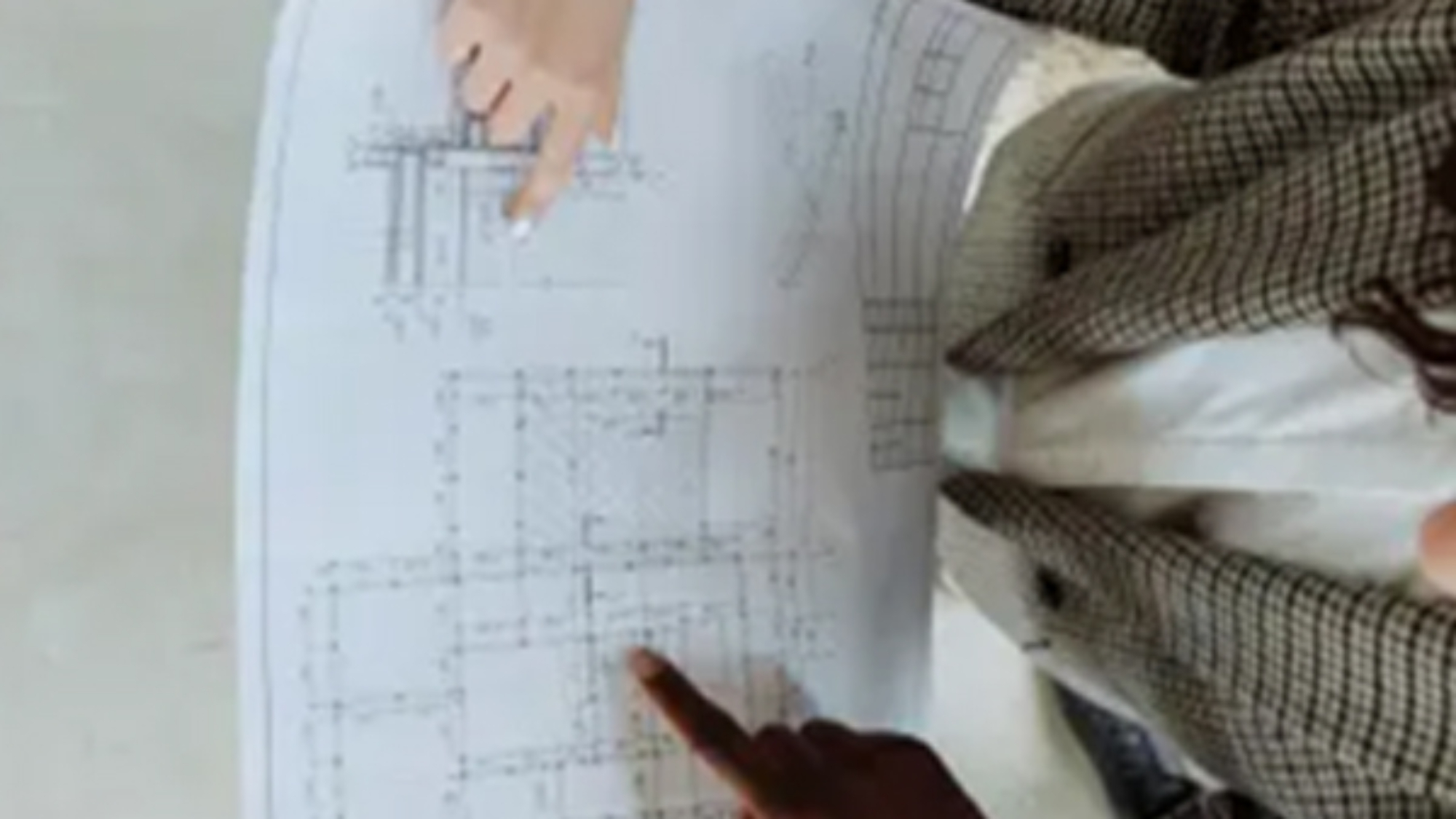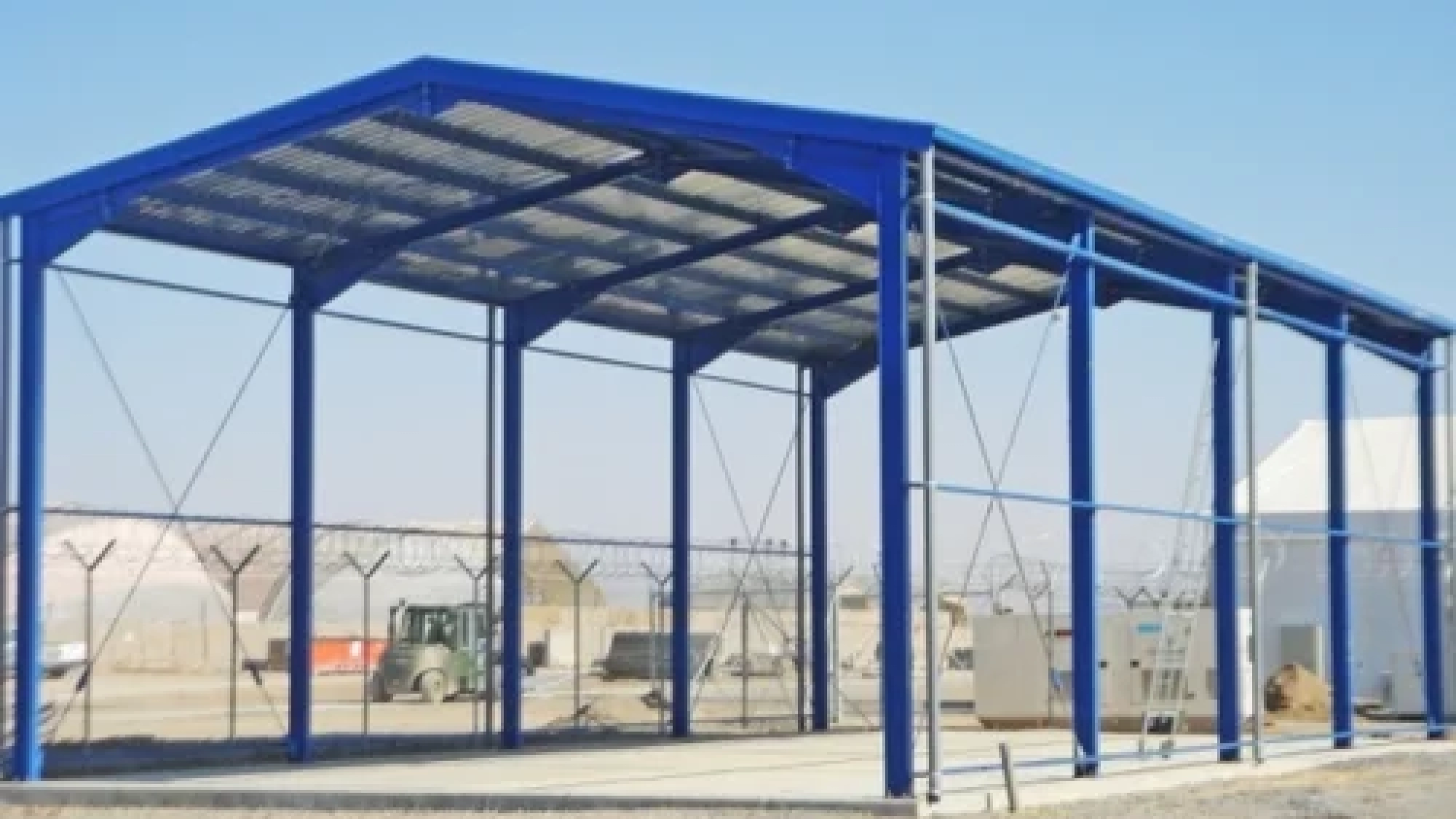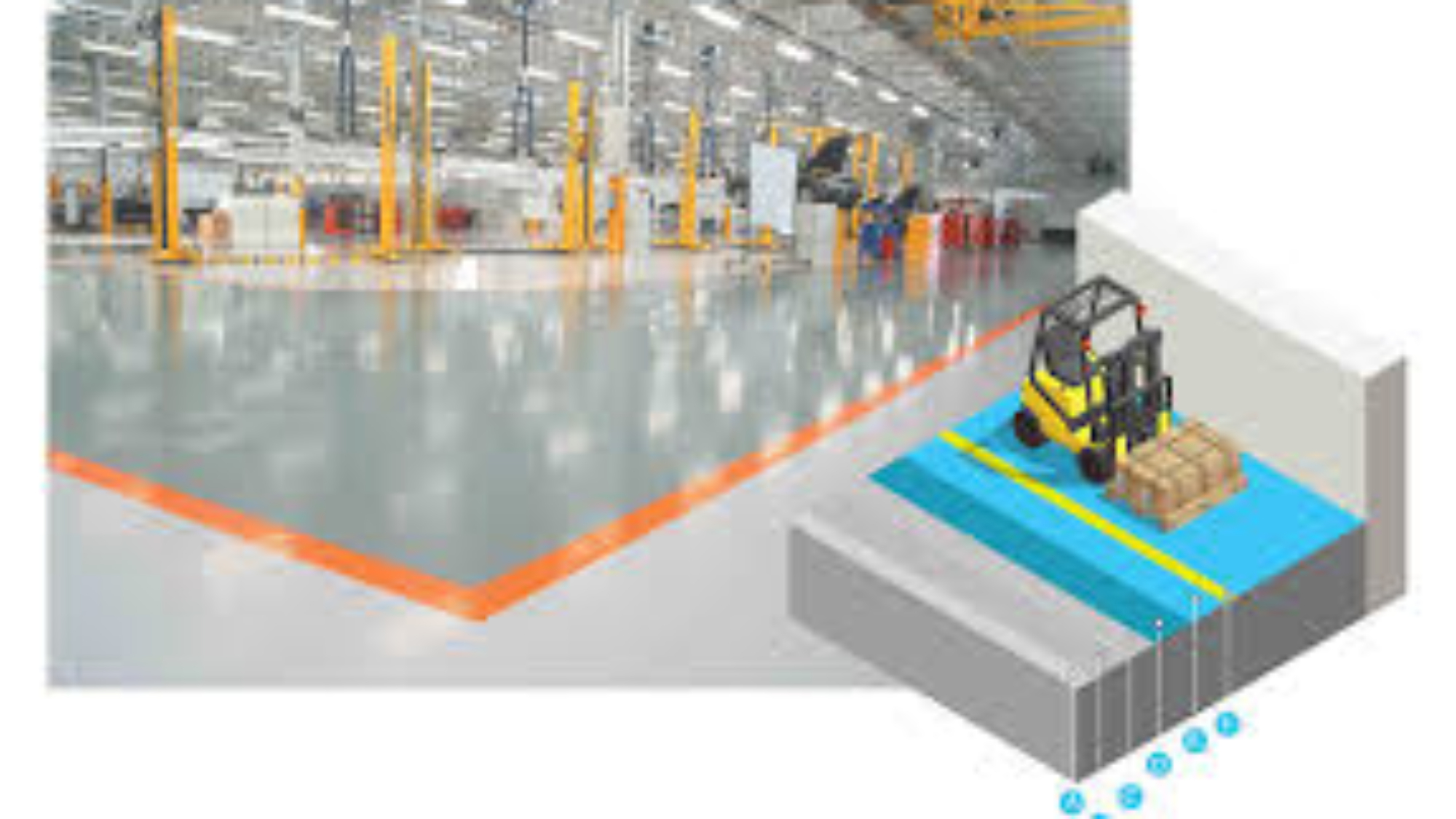As the Middle East continues to experience rapid economic growth, the demand for efficient, functional, and aesthetically pleasing industrial spaces, such as warehouses and retail outlets, has surged. However, many of these spaces may not be equipped to meet modern standards or the evolving needs of businesses. Renovating industrial spaces is a smart way to maximize their potential, increase efficiency, and improve the overall environment. In this blog, we will explore best practices for revitalizing warehouses and industrial outlets in the Middle East, focusing on the unique challenges of the region and the strategies that can help overcome them.y Warehouse and Outlet Renovations are Crucial in the Middle East
The Middle East’s industrial and retail landscape is booming, with cities like Dubai, Abu Dhabi, Riyadh, and Doha becoming commercial hubs. With this rapid development, many existing warehouses and outlets require renovations to meet growing demands. The renovation process not only improves the functionality of these spaces but also contributes to long-term cost savings, enhanced employee productivity, and better customer experience.
Key Factors Driving Renovation in the Middle East:
- Changing Business Needs: Businesses need flexible spaces that can accommodate modern operations, advanced machinery, and more efficient workflows.
- Climate Considerations: The extreme temperatures and humidity in the Middle East necessitate specialized construction methods to ensure buildings are durable and energy-efficient.
- Technological Advancements: Incorporating the latest technology into industrial spaces, such as energy-efficient systems and automated processes, is crucial for staying competitive.
- Space Optimization: With rising demand for space in the region, optimizing available square footage is critical for efficiency and storage.Best Practices for Warehouse and Outlet Renovations in the Middle East
1. Plan for Future Growth and Flexibility
One of the most important aspects of any renovation project is ensuring that the space is adaptable to future needs. The Middle East is a rapidly developing market, and businesses must be prepared to scale. Whether it’s expanding warehouse storage or adjusting layouts for increased retail foot traffic, flexibility should be at the heart of any renovation plan.
- Flexible Storage Systems: Installing modular shelving, racking systems, and adjustable partitions can allow warehouses to evolve as storage needs change.
- Multi-purpose Spaces: For retail outlets, consider designing flexible spaces that can accommodate changing retail trends or new product lines. This could include adjustable layouts, movable walls, and adaptable showroom areas.
2. Invest in Energy Efficiency
With the scorching heat and high temperatures in the Middle East, energy consumption is a significant concern. A renovation is an opportunity to upgrade outdated infrastructure to energy-efficient systems that reduce operational costs and minimize environmental impact.
- Insulation and Climate Control: Ensure the building is well-insulated to maintain an optimal indoor climate, reducing the reliance on air conditioning and cutting energy costs. Spray foam or thermal insulation can be used for roofing and walls.
- LED Lighting: Replace traditional lighting with energy-efficient LED lights, which are longer-lasting and consume less power.
- Solar Power: If feasible, consider installing solar panels to help offset energy consumption. The Middle East’s abundant sunshine makes it an ideal region for solar energy adoption.
3. Upgrade Building Materials and Surfaces
Industrial spaces in the Middle East are subjected to extreme weather conditions, from intense sunlight to sandstorms and humidity. Using high-quality, durable materials during renovation can increase the lifespan of the building and reduce maintenance costs.
- Corrosion-resistant Materials: For warehouses and outlets that store goods or operate heavy machinery, it’s essential to use corrosion-resistant steel, especially for roofing and structural elements. Galvanized steel and aluminum are great choices for durability and resistance to rust.
- Durable Flooring Solutions: Opt for long-lasting, easy-to-maintain flooring options such as epoxy flooring, which provides a non-slip, chemical-resistant surface. Tiling and other hard-wearing options can also be considered depending on the space’s usage.
4. Optimize Layout and Space Planning
Maximizing the available space in warehouses and industrial outlets is essential for improving operational efficiency and ensuring a smooth workflow. A well-thought-out layout can streamline processes, reduce wasted space, and increase productivity.
- Smart Storage Solutions: Consider vertical storage systems, automated picking systems, or high-density shelving for warehouses to reduce space usage and improve accessibility.
- Customer Flow: In retail outlets, it’s vital to design layouts that guide customers through the store, showcasing products effectively while avoiding bottlenecks. Think about implementing open spaces, clear signage, and intuitive product displays.
5. Incorporate Modern Technology and Automation
As the Middle East adopts Industry 4.0, integrating automation and smart technologies into warehouse and outlet renovations is a must. Modern systems not only increase efficiency but also improve safety and operational transparency.
- Automated Warehousing Systems: Incorporate automated storage and retrieval systems (AS/RS), conveyor belts, and robotic process automation to speed up handling and reduce human labor.
- Smart Building Management Systems: Install a centralized system to control lighting, HVAC, security, and even maintenance scheduling. These systems help optimize building operations and reduce overhead costs.
- Internet of Things (IoT): Equip industrial spaces with IoT-enabled sensors to track temperature, humidity, and inventory levels, providing real-time data to improve decision-making.
6. Enhance Safety and Compliance
Safety is a top priority in any industrial or commercial renovation, particularly in the Middle East, where construction standards are high. Renovating warehouses and retail outlets presents the perfect opportunity to upgrade safety features and ensure compliance with local building codes and industry regulations.
- Fire Safety Systems: Ensure that warehouses and retail spaces are equipped with modern fire suppression systems, fire alarms, and sprinkler systems. These should be regularly maintained and tested for effectiveness.
- Safety Signage and Emergency Exits: Install clear signage to guide employees and customers to emergency exits, ensuring they are visible, accessible, and up-to-date with fire safety standards.
7. Revamp Aesthetic Appeal and Branding
Renovating the interior and exterior of industrial spaces provides an opportunity to create a more attractive environment, boosting morale, improving customer perceptions, and reinforcing branding. For retail outlets, the design should reflect the brand’s identity and create a welcoming atmosphere.
- Modern Interior Design: Use contemporary design elements such as open spaces, minimalist aesthetics, and vibrant colors to transform outdated interiors.
- Exterior Facelifts: The exterior of the building, from signage to landscaping, plays a significant role in the first impression. A well-maintained, modern exterior invites customers and enhances the brand image.Conclusion
Warehouse and outlet renovations in the Middle East are essential for businesses looking to remain competitive in a fast-evolving market. By adopting best practices, such as investing in energy efficiency, utilizing durable materials, and integrating modern technology, companies can maximize the potential of their industrial spaces. Renovating with a focus on flexibility, safety, and sustainability will ensure long-term operational success and improved customer experiences.
Whether you are planning a warehouse revamp or updating your retail outlet, ensuring the right approach can breathe new life into your industrial spaces and offer unmatched returns on investment.
Ready to give your industrial space a makeover? Contact us today to explore expert renovation solutions tailored for the Middle East’s challenging environment. Our team of professionals is here to help you optimize, modernize, and elevate your warehouse or outlet to new heights.



